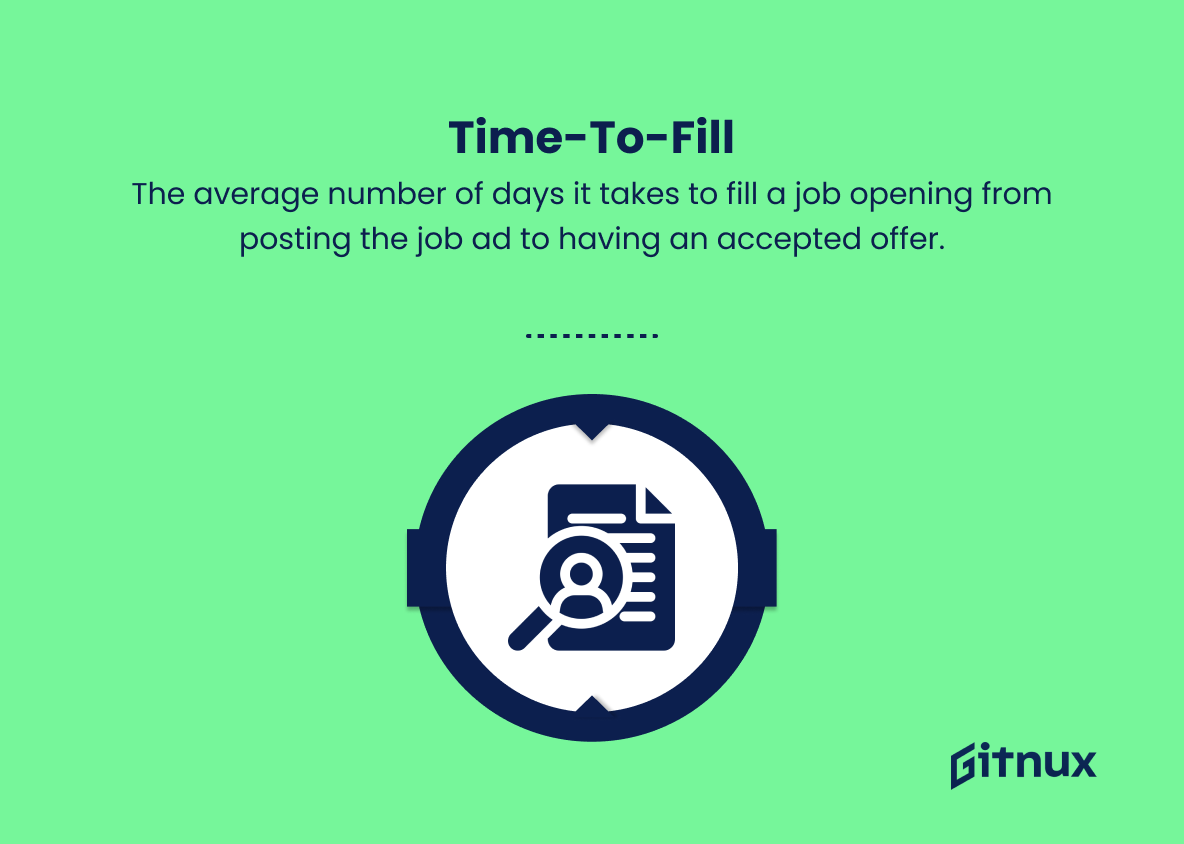In today’s highly competitive and dynamic business landscape, effectively managing and nurturing talents has become a critical success factor for organizations. Talent management is no longer just about hiring and retaining the best employees; it now focuses on optimizing the entire employee lifecycle, from recruitment and onboarding to development and succession planning. To ensure the success of these talent management initiatives, organizations must rely on Key Performance Indicators (KPIs) as measuring tools.
In this blog post, we will delve into the significance of Talent Management KPIs and explore the most impactful metrics to track, helping you unlock your workforce’s full potential and drive your organization towards sustained success.
Talent Management KPIs You Should Know
1. Employee Turnover Rate
Measures the number of employees who leave the organization, voluntarily or involuntarily, over a specific period. A high turnover rate may indicate low employee satisfaction or ineffective talent management practices.
2. Time-to-Fill
The average number of days it takes to fill a job opening from posting the job ad to having an accepted offer. This KPI is crucial to ensure a smooth recruitment process and reduce the negative impact of vacant positions on the organization.
3. Time-to-Productivity
The time it takes for a new hire to become fully productive in their role, indicating the effectiveness of onboarding and training programs.
In today’s highly competitive and dynamic business landscape, effectively managing and nurturing talents has become a critical success factor for organizations.4. Training Effectiveness
A measure of the overall impact of employee development programs, usually determined through performance improvement or increased output after training.
5. Employee Performance Ratings
A quantified assessment of individual employee performance, usually based on predetermined objectives and expectations, used to identify high potential employees and areas for improvement.
6. Cost-Per-Hire
The average cost incurred for recruiting, hiring, and onboarding a new employee, including advertising, recruiting fees, and training expenses.
7. Internal Promotion Rate
The percentage of job vacancies filled by internal candidates, reflecting the organization’s ability to develop and promote from within.
8. Retention Rate
The percentage of employees who stay with the company over a specific period, which indicates the level of employee satisfaction and engagement.
9. Career Path Ratio
The proportion of employees who advance their careers within the organization, usually measured over a specified period. This KPI highlights the organization’s ability to offer growth opportunities.
Talent management is no longer just about hiring and retaining the best employees; it now focuses on optimizing the entire employee lifecycle, from recruitment and onboarding to development and succession planning.10. Employee Engagement Index
A measure of employee satisfaction, emotional commitment to the organization, and level of enthusiasm for their job, often assessed through employee surveys or feedback mechanisms.
11. Goal Achievement Rate
The percentage of employees who successfully attain their performance goals, reflecting the effectiveness of goal-setting, performance management, and talent development strategies.
12. Leadership Diversity
The proportion of leadership or management roles held by individuals from diverse backgrounds, measuring the inclusion and diversity efforts in the talent pipeline.
13. Succession Planning Coverage
The percentage of critical roles with at least one identified and prepared successor, indicating the effectiveness of talent development and succession planning efforts.
14. Learning and Development ROI
The return on investment achieved from training and development programs, calculated by comparing the cost of these programs with the increase in employee productivity or other desired outcomes.
15. 360-Degree Feedback
A comprehensive employee performance feedback system that incorporates input from managers, peers, and subordinates, allowing for a more balanced evaluation of an individual’s strengths and areas for improvement.
Talent Management KPIs Explained
Talent management KPIs play a crucial role in tracking the health and success of an organization’s human resource function. Employee Turnover Rate and Retention Rate directly determine employee engagement, satisfaction, and commitment to the organization. Time-to-Fill and Cost-Per-Hire impact the recruitment efficiency and the overall ability of an organization to fill critical positions rapidly.
Time-to-Productivity and Training Effectiveness evaluate the effectiveness and outcomes of employee onboarding and development programs, ensuring that new hires reach their full potential quickly. Employee Performance Ratings and Goal Achievement Rate enable organizations to identify top talent and areas requiring performance improvement, while Internal Promotion Rate and Career Path Ratio assess the organization’s ability to grow talent in-house. By focusing on Leadership Diversity and Succession Planning Coverage, companies can strengthen their emphasis on inclusive and sustainable talent pipelines.
Employee Engagement Index and Learning and Development ROI measure an organization’s commitment to employee satisfaction, growth, and the success of training initiatives. Lastly, 360-Degree Feedback is an essential KPI in providing a well-rounded performance evaluation process that supports employee awareness and growth. Overall, these KPIs contribute to building a robust, committed, and high-performing workforce, which ultimately drives organizational success.
Conclusion
In conclusion, leveraging Talent Management KPIs is a critical aspect of a strategic human resources approach. By effectively monitoring, measuring, and analyzing these key performance indicators, organizations can make informed decisions to enhance employee engagement, improve retention rates, and foster professional development.
By focusing on a comprehensive talent management strategy that accounts for employee experience and performance, organizations can unlock the true potential of their workforce as well as drive sustained business growth.
















